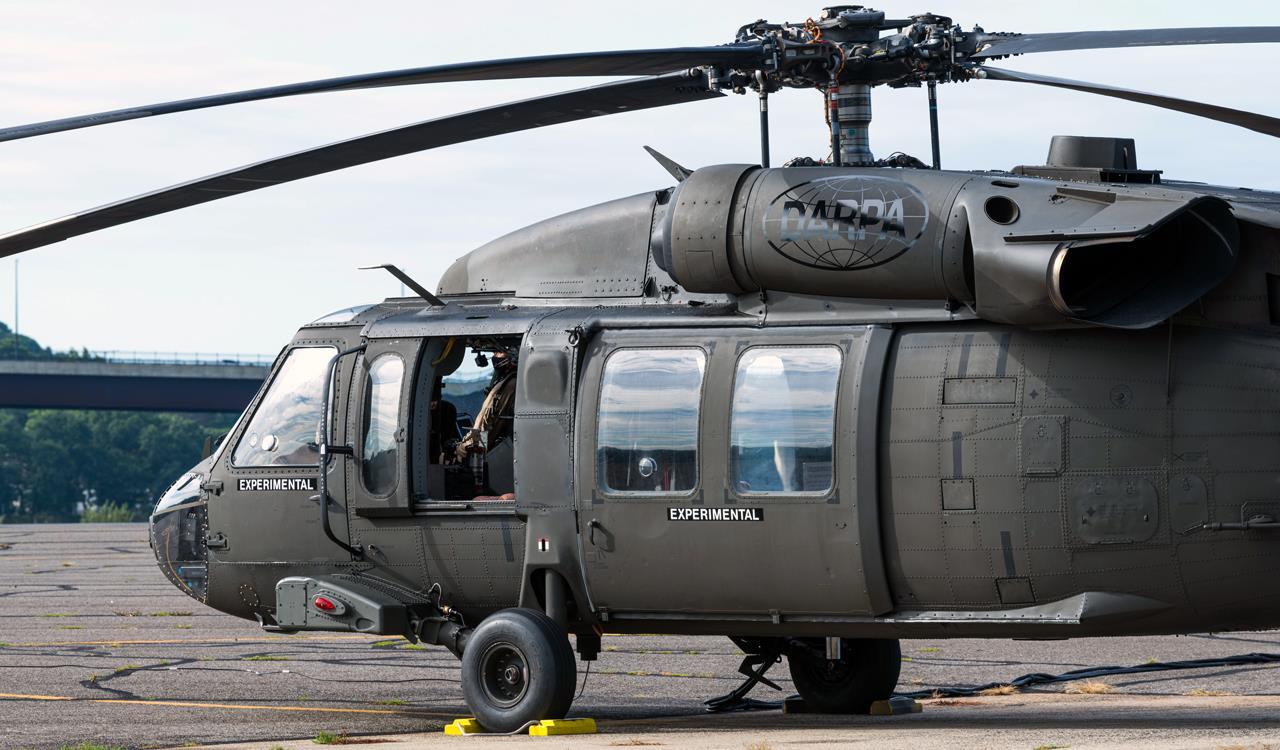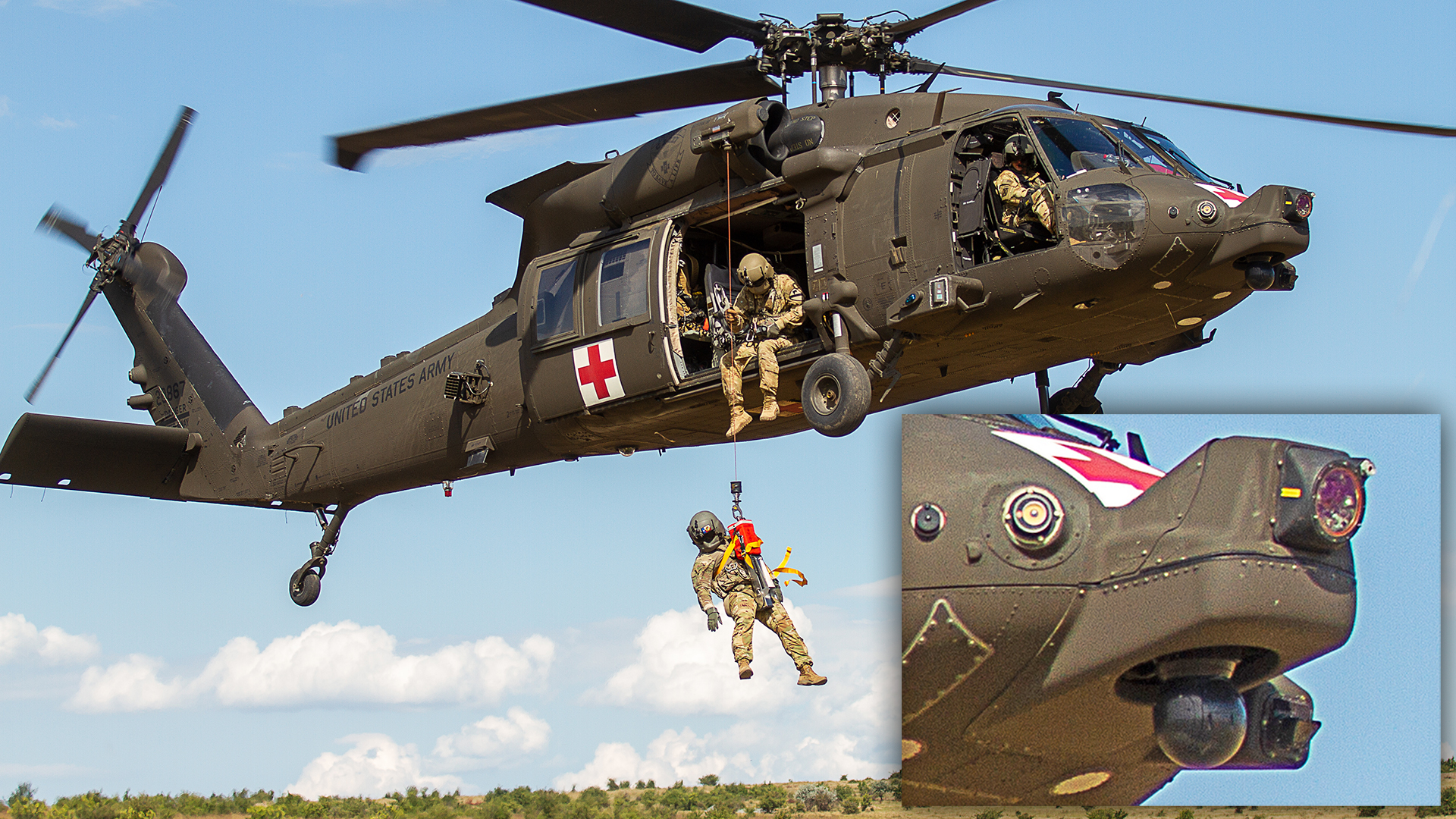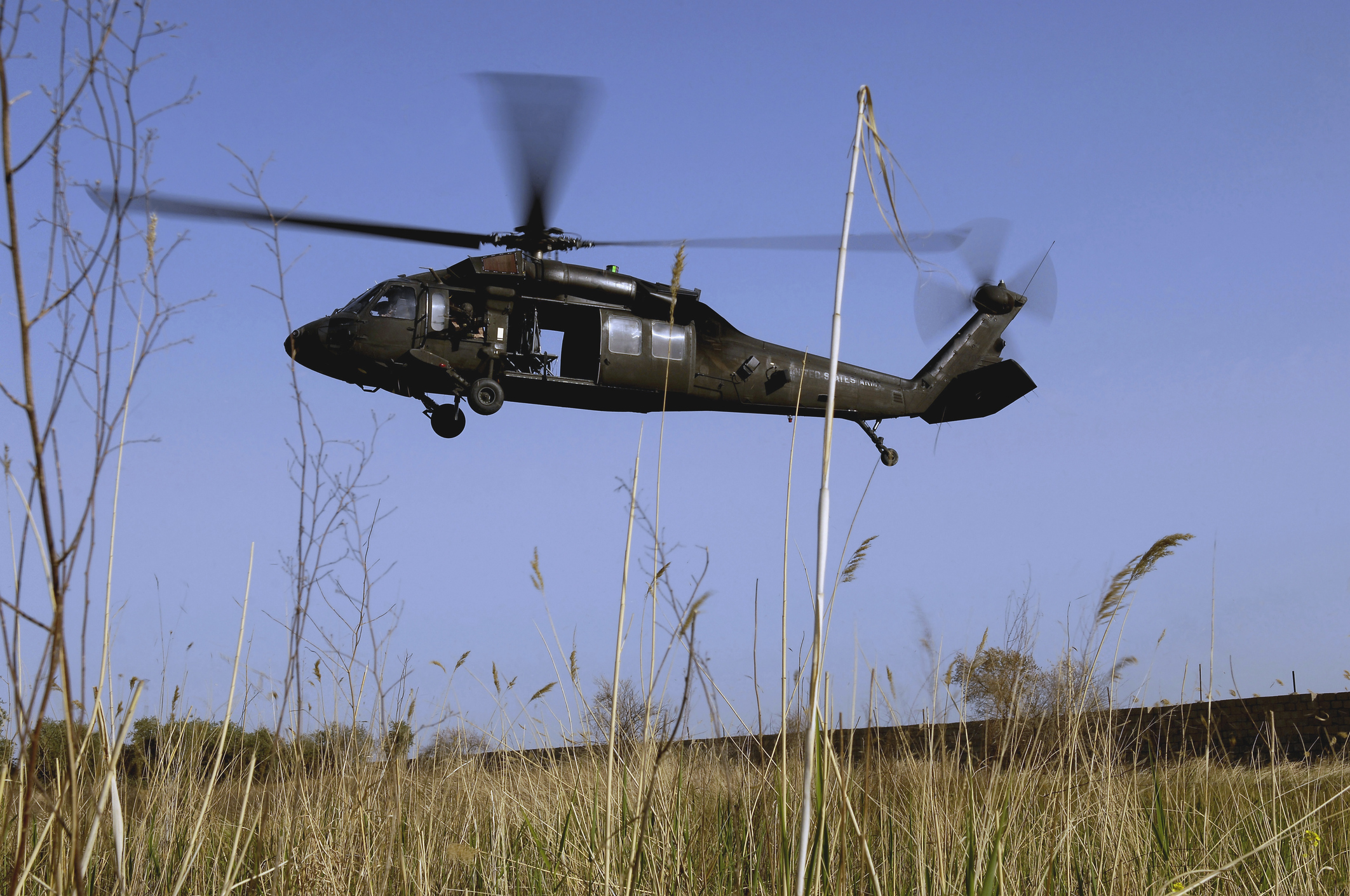UH 60 Helicopter Specifications: What Sets It Apart from Other Military Aircraft
UH 60 Helicopter Specifications: What Sets It Apart from Other Military Aircraft
Blog Article
Whatever You Required to Understand About the UH 60 Helicopter
The UH-60 helicopter, a foundation of United state Military aviation because its launching in 1979, stands for an amazing mix of design and functional versatility. As armed forces requirements advance, so too does the helicopter, with continuous innovations aimed at improving its capabilities and incorporating modern-day technologies.
Background of the UH-60
Established in the late 1970s, the UH-60 Black Hawk helicopter emerged as a reaction to the U.S. Military's requirement for a versatile utility helicopter that could do a selection of missions under challenging conditions. The incentive for its layout was the imperfections determined in the earlier helicopters made use of during the Vietnam Battle, particularly in terms of survivability, speed, and maneuverability.
The Black Hawk was designed by Sikorsky Airplane, including innovative technologies and products to boost its efficiency and longevity. It was formally presented right into service in 1979, rapidly becoming a vital possession for armed forces procedures - uh 60. Its ability to transport soldiers, clinical evacuation, and logistical assistance in both fight and humanitarian missions made the Black Hawk a vital element of the U.S. Military's air travel fleet
Throughout the decades, the UH-60 has been continually updated, adapting to the changing nature of war and the developing needs of contemporary armed forces operations. Its functional history consists of engagement in major problems, peacekeeping objectives, and disaster alleviation efforts, solidifying its track record as a reputable and reliable helicopter in numerous settings worldwide.

Style and Specifications
The design of the UH-60 Black Hawk helicopter consistently mirrors a commitment to functional efficiency and adaptability. Developed by Sikorsky Aircraft, this medium-lift energy helicopter includes a sleek, aerodynamic body that improves speed and ability to move. Its tandem blades system, defined by two counter-rotating blades, reduces resonance and raises lift capacity, allowing for much safer procedures in diverse settings.
The UH-60 is powered by two T700-GE-701C turboshaft engines, offering a maximum rate of roughly 180 knots and a variety of around 400 nautical miles. Its robust airframe is built from advanced composite materials, ensuring longevity while keeping a fairly low weight. The helicopter has a maximum gross weight of concerning 22,000 pounds, supporting a versatile payload arrangement.

Functions and Goals
A flexible platform, the UH-60 Black Hawk helicopter serves a wide range of functions and missions within army procedures. Designed mostly for army transportation, it is qualified of carrying as much as 11 soldiers, making it an essential property for rapid release and logistical support.
Along with troop transport, the UH-60 masters clinical discharge (MEDEVAC) objectives, outfitted with advanced medical devices to provide essential care during transit. Its capacity to run in varied environments enhances its efficiency in fight search and rescue (CSAR) procedures, where speedy extraction of personnel is vital.
The helicopter likewise plays a substantial duty in reconnaissance and surveillance goals, making use of onboard sensing units and tools to collect intelligence. Additionally, its flexibility reaches logistical assistance, with the ability of delivering supplies and tools to ahead running bases - uh 60.
In combat procedures, the UH-60 can be furnished with numerous tool systems, allowing it to offer close air support. Its multi-role ability makes the Black Hawk an indispensable device for modern-day military forces, adapting perfectly to the advancing needs of battleground situations and making certain objective success across a variety of functional contexts.
Performance and Capacities
Recognized for its robust performance, the UH-60 Black Hawk helicopter flaunts excellent capacities that boost its functional efficiency throughout different missions. uh 60. This multi-role airplane is equipped with effective twin-engine Turbomeca Arriel 1D1 engines, supplying remarkable speed and ability to move, with an optimum cruise speed of around 150 knots and an operational variety of around 400 maritime miles
The Black Hawk's innovative avionics and fly-by-wire control systems substantially improve flight safety and handling, enabling it to operate in varied settings, consisting of negative weather. Its flexibility is more exemplified by its capacity to lug up to 11 fully furnished troops or a payload of approximately 8,000 pounds, making it ideal for troop transportation, clinical emptying, and logistical assistance objectives.
Additionally, the UH-60 is designed for survivability, including enhanced airframes, ballistic defense for team and passengers, and progressed countermeasure systems to avert risks. The why not look here helicopter's agility and speed, integrated with its ability for rapid deployment, make it an essential asset in modern armed forces procedures, guaranteeing that it stays a crucial element of tactical air assistance and field of battle mobility.
Future Developments

One considerable emphasis is the assimilation of sophisticated check my reference avionics systems, which will certainly boost situational recognition with boosted navigating and interaction abilities. This consists of the prospective use expert system to assist pilots in decision-making and mission preparation.
Moreover, future variants might include innovative materials and layout attributes to reinforce the helicopter's sturdiness and minimize its radar signature, enhancing survivability in objected to settings.
The intro of hybrid-electric propulsion systems is likewise coming up, intending to improve fuel efficiency and lower logistical problems. Such advancements might prolong functional range and decrease the helicopter's environmental footprint.

Conclusion
The UH-60 helicopter represents a substantial innovation in armed forces aeronautics because its intro in 1979. The UH-60's enduring presence highlights its crucial function in contemporary armed forces procedures and highlights the recurring evolution of armed forces aviation modern technology.
The UH-60 helicopter, a cornerstone of U.S. Military aeronautics since its launching in 1979, represents an exceptional mix of engineering and functional versatility. As armed forces requirements advance, next so too does the helicopter, with recurring developments intended at improving its capacities and incorporating modern innovations.The layout of the UH-60 Black Hawk helicopter consistently reflects a commitment to operational performance and versatility. Developed by Sikorsky Aircraft, this medium-lift utility helicopter features a streamlined, wind resistant body that boosts rate and maneuverability.The UH-60 helicopter represents a considerable improvement in armed forces air travel since its intro in 1979.
Report this page